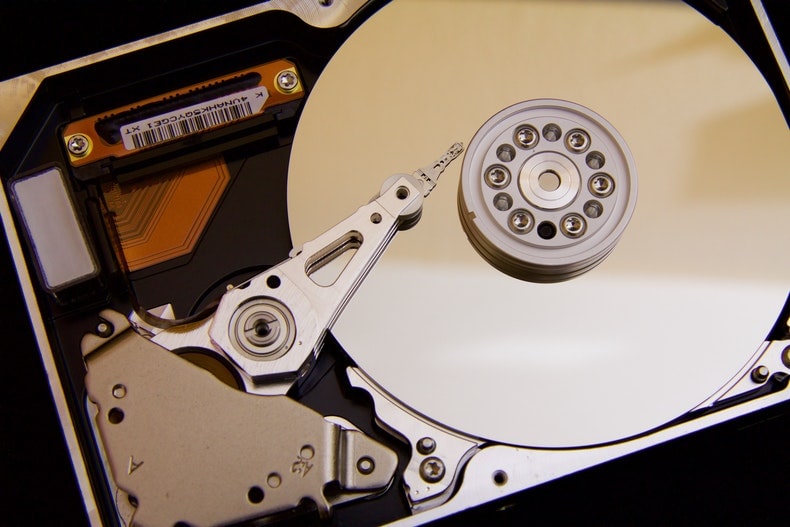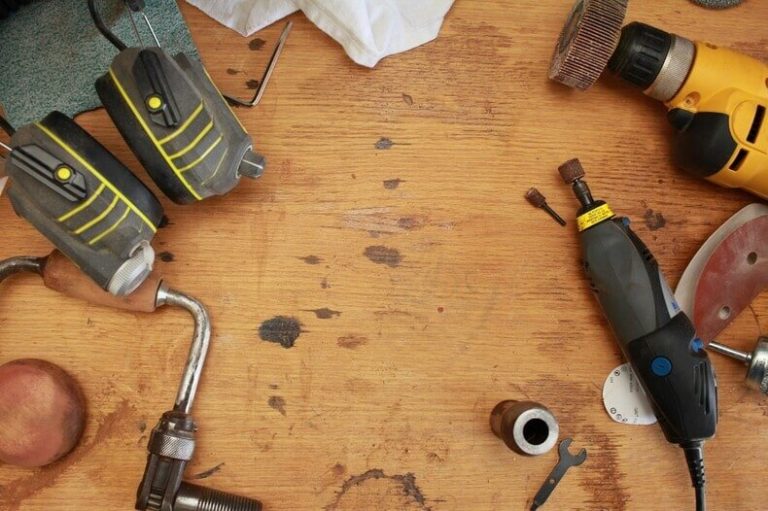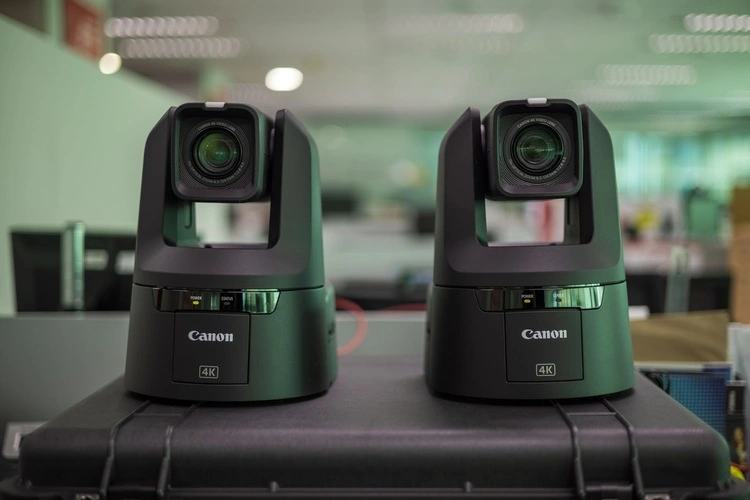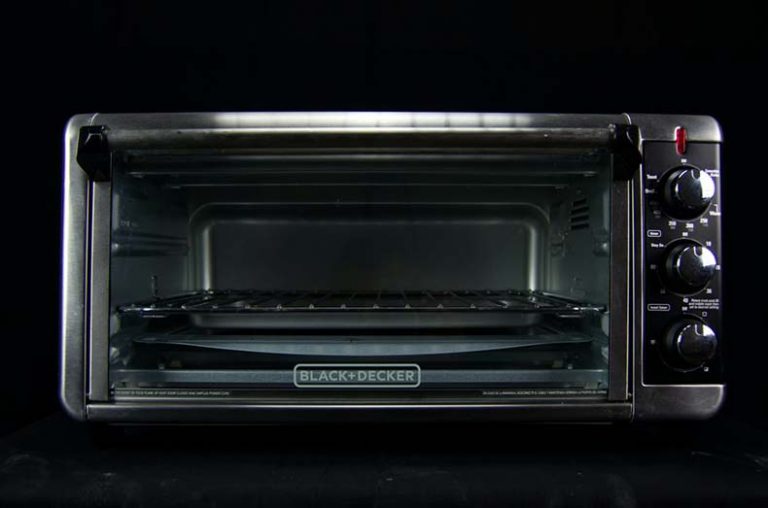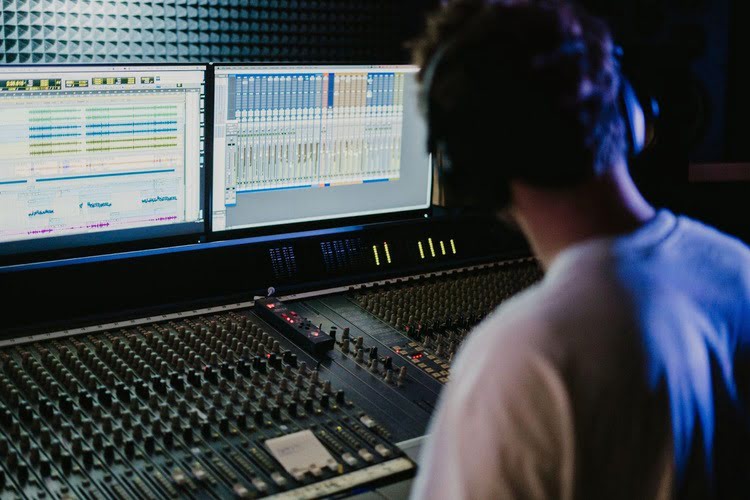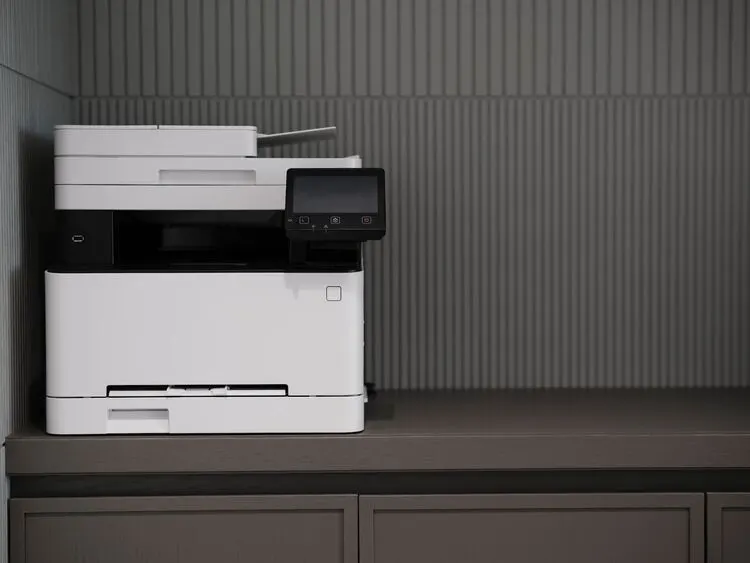An IDE Hard Drive Information and Education Guide
IDE hard drives were popular decades ago, but they are now obsolete and unusable. However, desktop PCs were the standard data storage method. The history, identification, and configuration of IDE drives are all covered in this guide.
History of IDE Drives
It all began in the early 1980s when personal computers were still relatively new on the market. In 1981, IBM produced their first personal computer, including a 5.25″ hard drive for storage. However, due to its high rotational speeds and slow data transfer rates, this faced numerous issues. The ST-412, Seagate Technology’s first hard drive for the PC, was not launched until 1983. It only had a 5MB capacity.
The first IDE drives were used primarily in IBM PCs because they were installed by default. However, some third-party companies also made the early IDE drives, such as Western Digital and Maxtor. Finally, in 1986, IBM released their second PC compatible with Seagate’s ST-412 35MB IDE drive.
Toshiba released a 21MB version of their MFM hard drive for PCs in 1987. The data transport rate was 10 megabytes per second. It didn’t, however, garner much traction.
IBM introduced the PS/2 range of PCs in the early 1990s, which had what is now known as “the baby AT” motherboard. This was entirely composed of plastic, and it had a different sort of IDE port than the previous one, which was significantly smaller. When the AT motherboard was retired in 1998, it was replaced by ATA ports, which required other connectors to be properly connected.
IDE drives are no longer in use, having been replaced by SATA drives. These provide significantly faster data transfer speeds and greater endurance and storage capacity. On the other hand, these vintage IDE drives have a unique quality about them, and your classic PC will be incomplete without one.
Also Read: How To Fix Startup Disk Full Problem On A Mac
Comparing IDE vs. SATA
The distinctions between IDE and SATA drives are sometimes misunderstood, yet it is clear that SATA technology is superior. When deciding between these two standards, the only thing to consider is if your older motherboard can accommodate the speed of a current SATA hard drive. For example, if your computer has an older AT or Baby AT motherboard, you can use IDE and SATA drives. However, if your system is an ATX or later version, only SATA drives will work.
How to Tell whether a Hard Drive Is IDE
The ST-412, with a capacity of 5MBs, will be the most prevalent IDE drive. However, consider yourself lucky if you spot one because they are quite rare. “If you’re trying to create a retro PC, you’ll find it impossible to acquire IDE, or MFM drives built by any manufacturer,” Jamie of Tekeurope, a UK PC components and spares specialist, says. “We stock them as we come across them, but they sell out rapidly to classic PC fans.”
Installing an IDE Drive
All you have to do to install and configure an IDE hard drive is power it up and connect it to your computer using the HDD-to-Molex adapter. First, however, you should check to see whether any additional software or drivers are required to work properly. For example, Maxtor IDE drives require special drivers included with the installation disk.
It’s also possible that you’ll need to adjust your BIOS settings to allow them to be utilized as primary storage devices. This means you’ll have to configure these devices in the BIOS before turning on your computer. You’ll get the infamous ‘Bootmgr is Missing’ message if you mix these up.
Conclusion
IDE hard drives are no longer in use, yet collectors and enthusiasts still want them. Although they may appear to be inferior to modern SATA drives, they are an essential component for building a retro PC.

